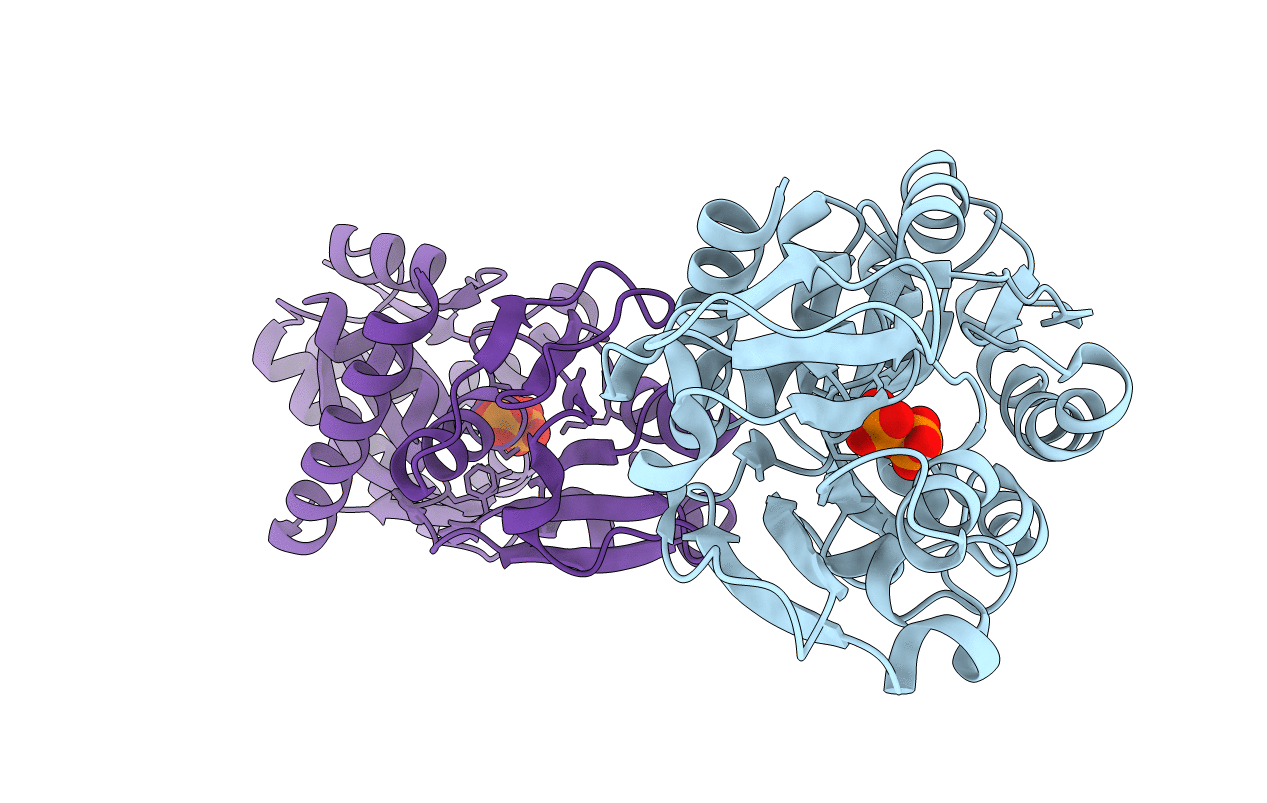
Deposition Date
2016-12-20
Release Date
2018-01-10
Last Version Date
2024-03-06
Entry Detail
PDB ID:
5UB6
Keywords:
Title:
XAC2383 from Xanthomonas citri bound to pyrophosphate
Biological Source:
Source Organism:
Xanthomonas axonopodis pv. citri (strain 306) (Taxon ID: 190486)
Host Organism:
Method Details:
Experimental Method:
Resolution:
2.20 Å
R-Value Free:
0.22
R-Value Work:
0.16
R-Value Observed:
0.16
Space Group:
P 21 21 21


